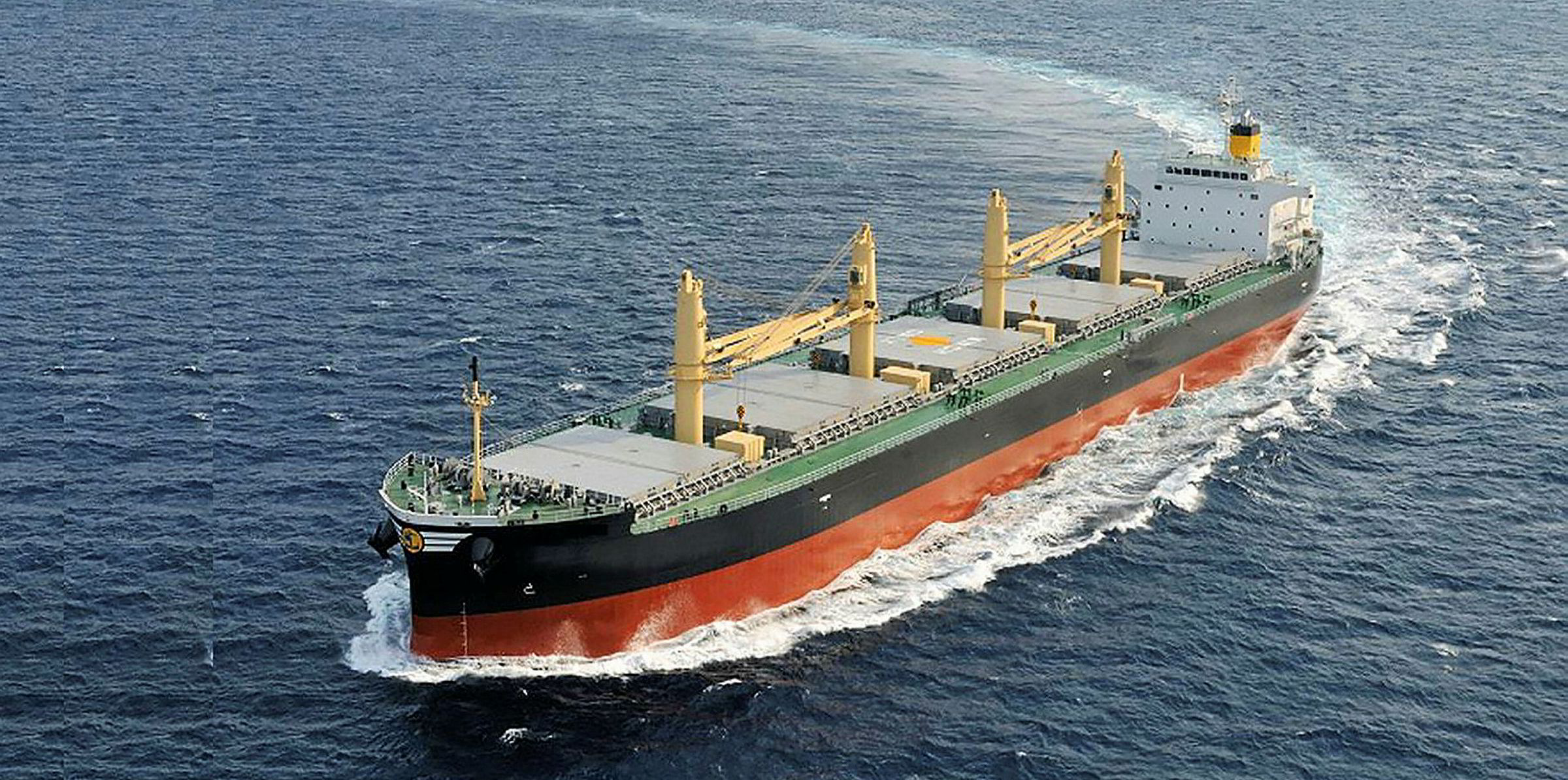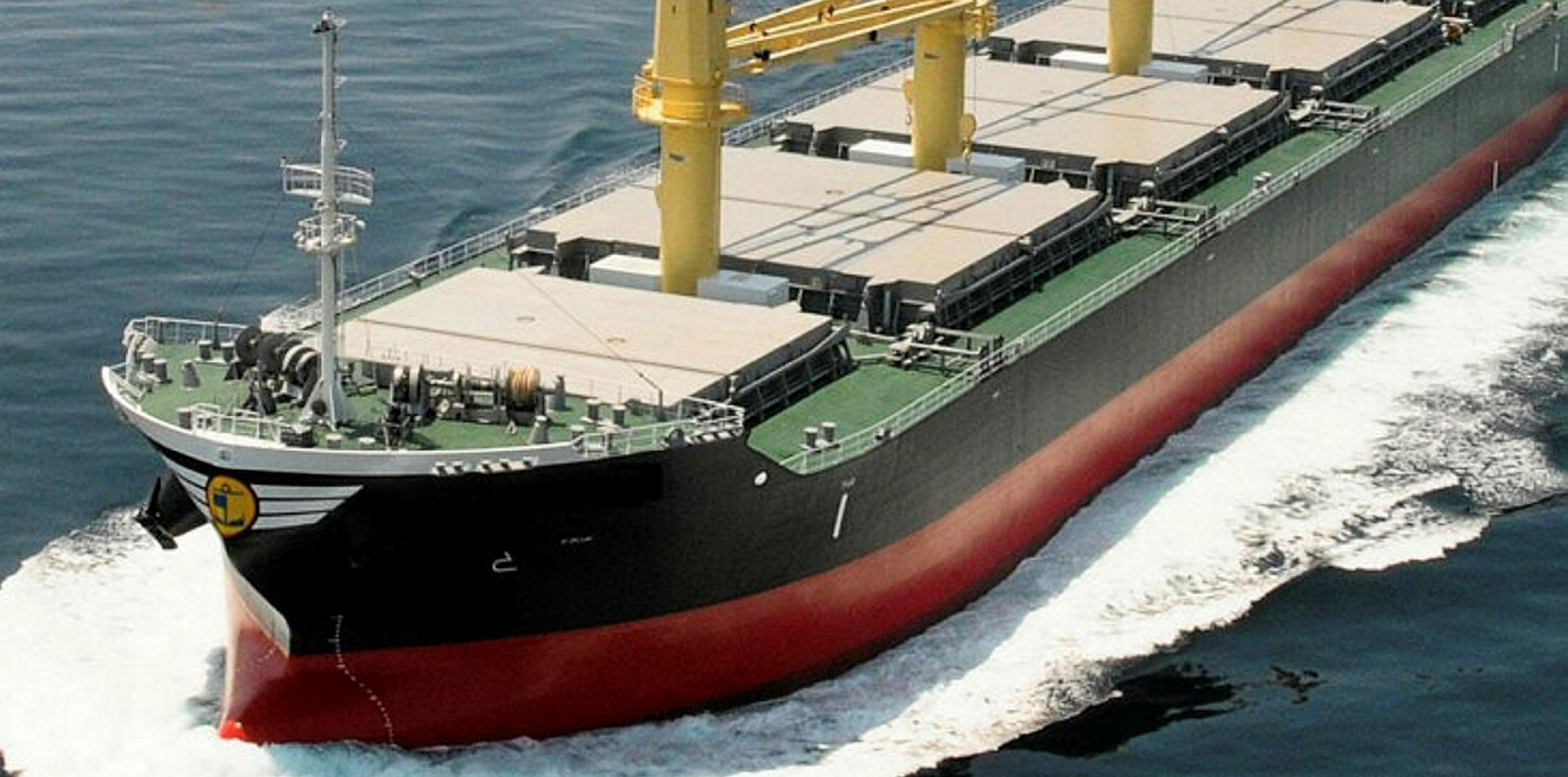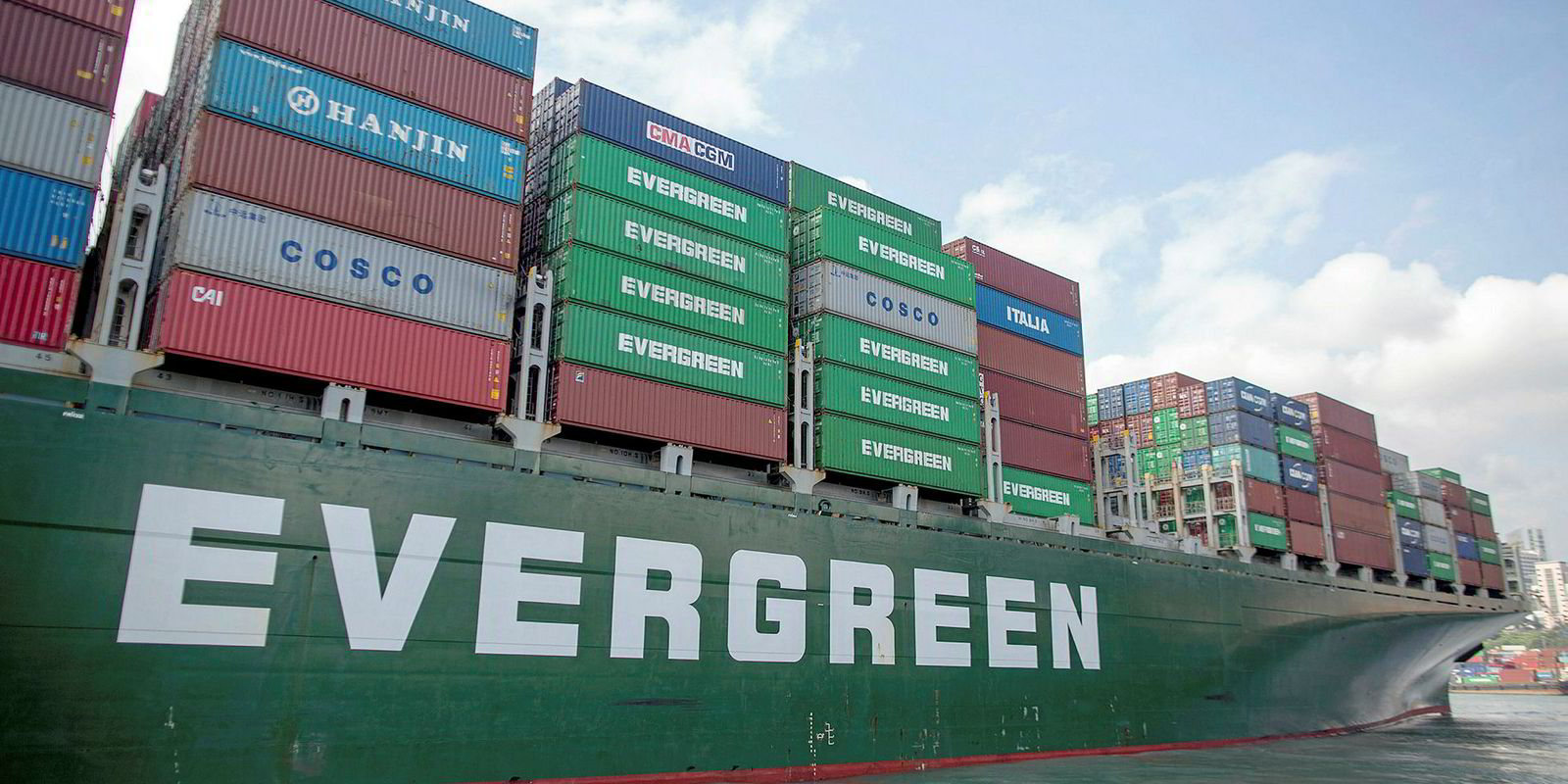Hong Kong’s Jinhui Shipping and Transportation is positioning its veteran bulkers for potential sales to domestic owners as the Chinese flag prepares to close a window on imports of such tonnage.
The Oslo-listed shipowner has already offloaded one such vessel, as TradeWinds reported earlier this week.
The sale of the 50,800-dwt Jin Fu (built 2001) to a Chinese owner identified as Xiangshan Xingning Shipping Co for domestic trading fetched a reported $8.35m, of which 20% is a deposit with the balance payable on delivery between 17 July and 10 August.
More sales could follow, but Jinhui is not sharing its plans.
However, the company has positioned its oldest supramaxes in China for similar deals ahead of Beijing’s recently announced deadline on imported non-Tier II vessels entering the domestic trading Chinese-flag fleet.
China-focused sale-and-purchase brokers said they have not seen further Jinhui ships circulated widely for sale. Some are warning buyers against taking delivery much after the beginning of August, given possible delays in regulatory approvals.
Ships sold into the Chinese flag before the new import regulations take effect must be delivered before 15 August.
After that date, secondhand ships sold into the domestic fleet must be Tier-II compliant, effectively implying that they were built in 2011 or later, or have undergone a yet untried retrofitting.
The Jin Fu is Jinhui’s first sale in a year, and its first disposal of veteran tonnage in two years.
Last year, the company sold one modern handysize bulker and four supramaxes aged between six and eight years.
In 2016, it disposed of eight ships, half of which were modern and half past the 15-year mark.
Jinhui owns two post-panamaxes and 21 supramax and ultramax bulkers, including the Jin Fu. Eleven are Japanese-built supramaxes over 10 years old.
The three oldest were built in 2001, still qualifying for the current 18-year age limit for sales into the Chinese flag. That is a maximum age to which most cost-conscious Chinese import buyers have traditionally stuck to. Two were built in 2002 and another in 2003.
Raymond Ching, chief financial officer at Jinhui and parent Hong Kong-listed Jinhui Holdings, declined to comment on the sale beyond the contents of this week’s disclosure.
That document hints at further sales but does not rule out opportune acquisitions either.
“Despite the recent improvement in the shipping market, we continue to see uncertainty and market volatility remaining as an operational risk to the group,” Jinhui told investors.
“In order to further reduce operational risk and liquidity risk, we believe it is prudent for the group to readjust the fleet size according to the age profile, and it is also important to remain financially nimble in today’s ever-changing market environment.”
Working capital
Net sale proceeds to Jinhui Holdings, which owns 55.7% of Jinhui, will remain in the company’s general working capital.
Jinhui’s stated strategy is a combination of spot and time charter business. Practically all of its ships are currently employed between China and mines in the Philippines and Indonesia.
Jinhui’s oldest remaining candidates are now both in China, in position to meet the regulatory deadline. The 50,200-dwt Jin Zhou (built 2001) arrived off Rizhao on 5 July with a nickel ore cargo from Mindanao in the Philippines and is still waiting laden at the anchorage, according to AIS data.
One of Jin Fu’s Oshima-built sisterships, the 50,800-dwt Jin Li (built 2001), has been at Zhoushan since 24 June, where it ballasted after delivering a nickel ore cargo from Pulao Obi in Indonesia to Lianyungang in China’s Jiangsu province.
Jinhui’s next two oldest ships are laden and China bound. The 50,800 dwt Jin Ping (built 2002) is already in the East China Sea, while the 51,100-dwt Jin Quan (built 2002) is off Davao in Indonesia and is set to reach Tieshan by 22 July.





